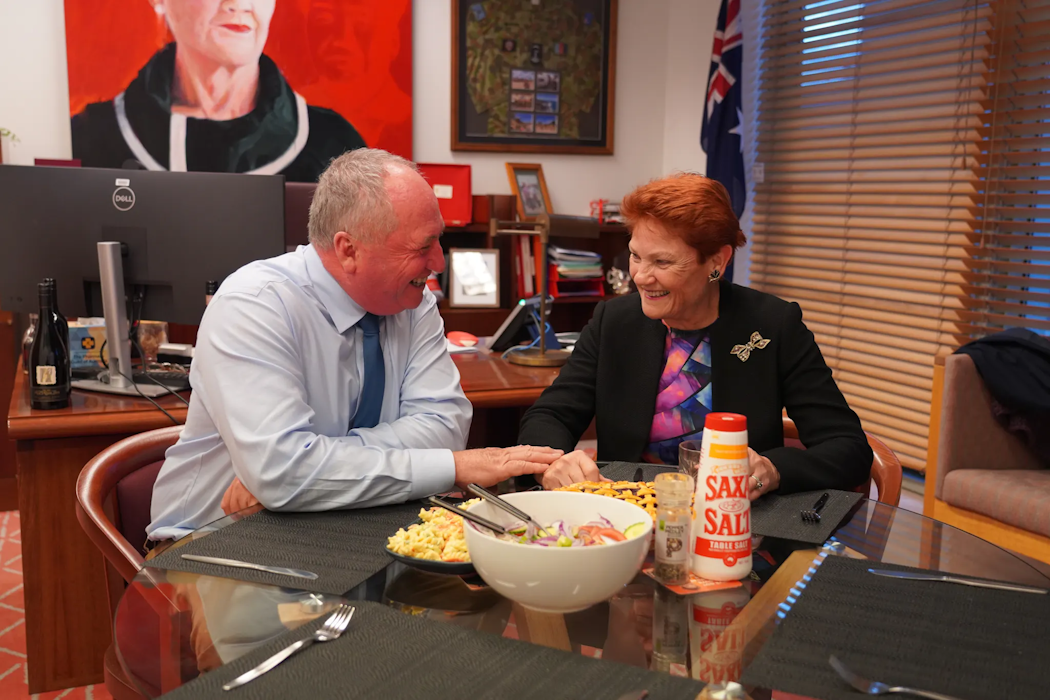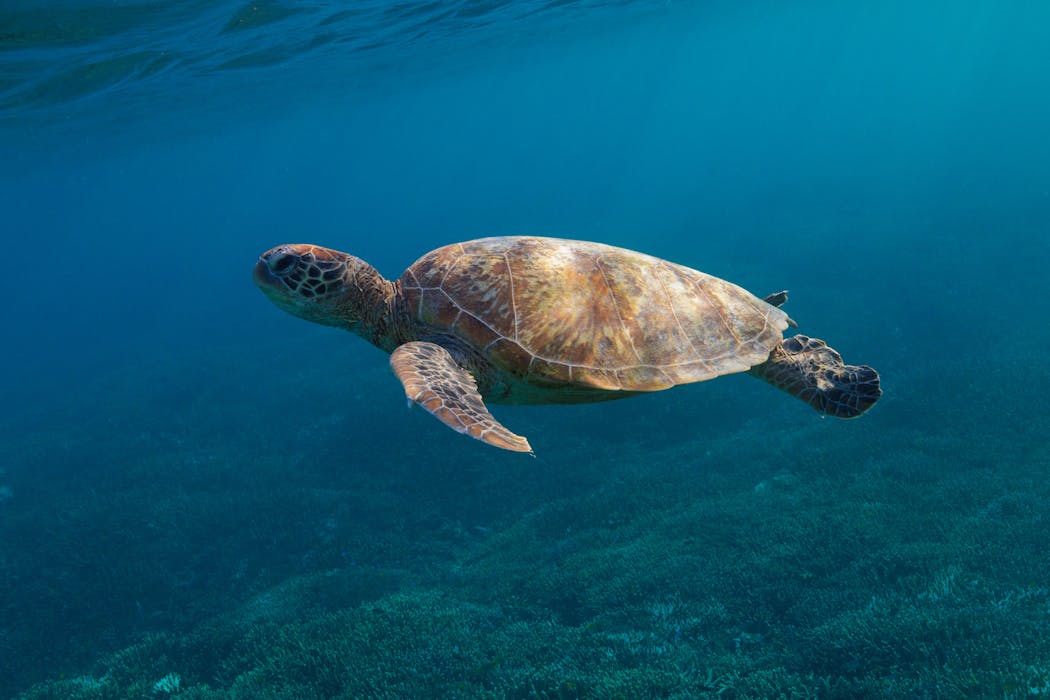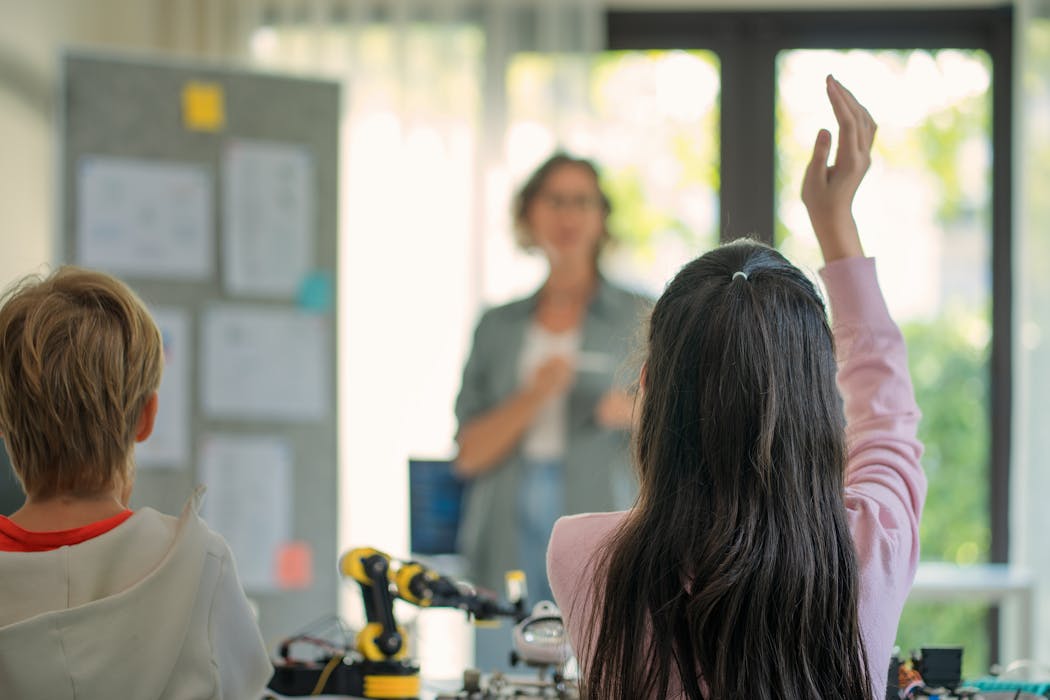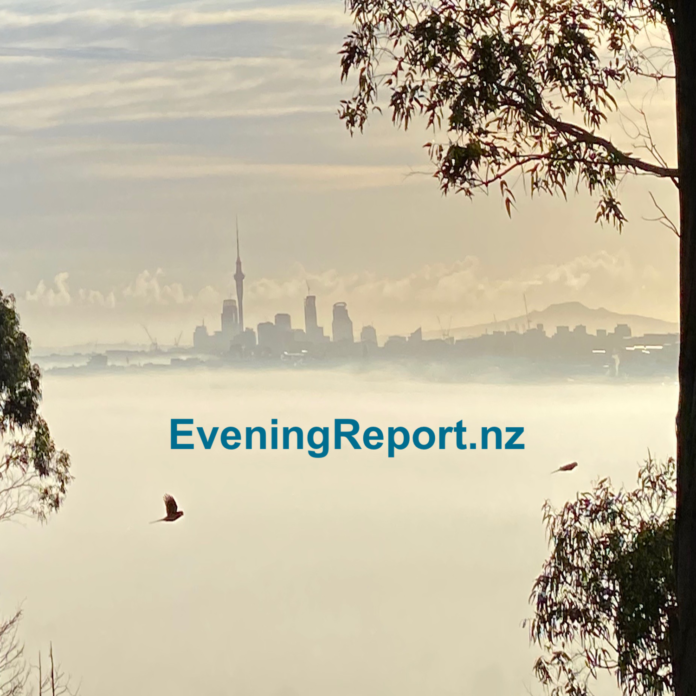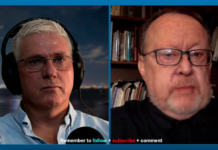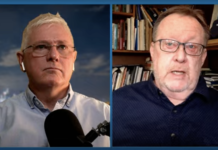Source: Radio New Zealand
Regional councils such as ECan may not exist for much longer, under new government plans. File photo. RNZ / Nate McKinnon
While opposition parties agree more needs to be done to make local government work better for everybody, they say the government’s proposals to scrap regional councils could remove a layer of community voice and expertise.
Under the proposals revealed on Tuesday, district and city mayors would take on the regional councils’ roles, forming Combined Territories Boards.
Those boards would then be tasked with coming up with plans to reorganise how their councils are structured long-term.
How those plans look is up to the boards, but they would be assessed against criteria like whether they are realistic, are financially responsible, provide fair and effective representation for communities of interest, and whether they support national priorities, strategies, and goals, are financially responsible.
They would have to be given the final sign-off by the Minister of Local Government.
The government has also stressed it would be “highly unlikely” the status quo is maintained, with Resource Management Act Reform Minister Chris Bishop saying it would be a “fair summation” that they ended up being unitary authorities.
“The status quo can’t remain locked in formaldehyde forever,” Bishop said.
Deon Swiggs RNZ / Nate McKinnon
Deon Swiggs is chair of Environment Canterbury, as well as chair of Local Government New Zealand’s regional sector.
He also recognised that the current model was “unsustainable,” but said it was important that accountability, localism, and local voice was transferred to whatever happened in the future.
“We all want to see our economy thrive. We all want to see things get done. And reorganising local government may not achieve those outcomes. It might achieve efficiencies in some areas, but it might not achieve the outcomes that the government wants to see.”
Wiggs was also a Christchurch City Councillor from 2016 to 2019, and said while there were tensions between district and regional councils, it was constructive.
“It’s never been ‘oh, the regional council’s stopping us from doing this’ or ‘the district council’s stopping us from doing that.’ It’s about outcomes,” he said.
“The regional council has a different focus, and the city council has a different focus. They want to drive down costs, and the regional council wants to drive environmental outcomes. Those constructive tensions shouldn’t be looked at as a failure of the system. They should be looked at as actually getting the best outcomes that have longevity in our system.”
Central Otago mayor Tamah Alley said it was a “dramatic shift,” and while mayors put their hands up to represent their communities, “sometimes that asks more of us than we thought at the beginning”.
“It will be a challenge for local government, already under the pump with so much reform on our plates to pick up the additional workload. If that’s the direction that comes from this consultation,” she said.
Alley, who is a Local Government New Zealand national council mayor, said local government had been talking about how to do things in a more efficient and economic way for a while, and the proposals had “pushed the conversation”.
Selwyn mayor Lydia Gliddon said while she could see the intention to streamline decision making, it raised big questions.
She said any new model must not be a restructure for the sake of it.
“These are not small responsibilities. If those functions are reorganised or absorbed, we need absolute clarity that oversight won’t be weakened.”
Nelson is one of the councils that currently operates under a unitary authority model, along with Tasman, Marlborough, Auckland, Chatham Islands, and Gisborne.
Nelson mayor Nick Smith. LDR / Max Frethey
Mayor Nick Smith said the proposed changes would make councils “simpler, less costly and will help deliver better services”.
He said the unitary model had meant the Nelson, Tasman, and Marlborough councils had worked “much better,” and it was a “no brainer” to merge Nelson and Tasman.
The Northland Mayoral Forum, which comprises the region’s three district mayors and regional council chair, agreed it was time to review the way local government was structured.
Far North mayor Moko Tepania said all four forum members were unanimous that whatever the outcome of reform, “we want to make sure it’s in the best interests of Northland as a whole. We do not need a ‘one size fits all’ solution imposed by Wellington”.
Whangārei mayor Ken Couper said the priority was “ensuring that any changes deliver real benefits for our communities and our region,” while Kaipara mayor Jonathan Larsen said he looked forward to working with the other Northland councils to get the best possible outcome for ratepayers.
With just under three months of consultation before a final draft, the legislation is not expected to be introduced to Parliament until the middle of next year.
Bishop said what the government had put forward was its preferred model, but it was open to “sensible changes” all the way through the process.
The government would seek to pass it in 2027, lining up with the phasing in of the resource management reforms.
It means, with an election in 2026, a change in government could mean the legislation is dropped.
But Labour’s local government spokesperson Tangi Utikere said Labour would need to look at the implications of the proposal first.
“We are open to looking at how we can make local government work better for everyone, and I think even people within the sector would accept that as well, how we simplify things. That’s where the focus needs to be on right now.”
Simon Watts & Chris Bishop. RNZ/Mark Papalii
The Minister of Local Government Simon Watts said the proposals were “absolutely” consistent with National’s advocacy for localism.
But Utikere disagreed.
“The government talks a lot about the need to empower local communities, but they’re looking to strip away what is a key layer of that.”
Utikere said with such long-lasting implications he was disappointed a bipartisan approach was not taken.
“What we want here is a real look at what works for communities, that local voice is part of that conversation, and also that those key sort of areas of environmental protection, public transport, waste, minimisation and management are taken care of.”
Bishop said consultation was open to everybody, and as Labour was part of the “ecosystem” it would get a chance to have its say.
The Green Party’s local government spokesperson, and former Wellington mayor, Celia Wade-Brown believed mayors had a different skill set to regional councils when it came to public transport, environmental protection, harbour management, and monitoring rivers.
“There is a complete disregard for the expertise for both officers and staff and elected members in these proposals. I think most of us think that there needs to be consideration of reform, but this has jumped to the end game of getting rid of regional councils,” she said.
Wade-Brown acknowledged there was a need for new funding models, and a conversation about planned reorganisation, but starting with getting rid of regional councils was not an inviting way to start.
“This is Christopher Luxon talking about localism and doing the opposite.”
The Combined Territories Boards’ plans would still need to uphold Treaty of Waitangi settlement commitment, but there was no requirement for iwi representation.
Te Pāti Māori co-leader Debbie Ngarewa-Packer said there were “great relationship agreements” between iwi and regional councils, and she did not want that to change.
“It’ll be really important that it doesn’t sideline the Treaty, and sideline the progress that Māori iwi and communities have achieved within these spaces,” she said.
She also agreed there needed to be a more efficient and effective way to manage the layers of bureaucracy, but said abolishing regional councils was a “direct assault” on Treaty settlements.
“We have to make sure that they’re not removing Māori and iwi from decision making, that they’re not removing environmental protection. And when you centralise power to Cabinet ministers, there’s a political imperative that takes over everything else.”
“It’ll be really important that it doesn’t sideline the Treaty, and sideline the progress that Māori iwi and communities have achieved within these spaces.”
Meanwhile ACT’s local government spokesperson Cameron Luxton called it a “good day for local democracy,” and it would remove overlap.
“For too long we have had territorial councils, regional councils, mayors, local MPs, area ministers and Cabinet all overlapping. People are left wondering who is responsible for what. Voters look at their papers for regional council and see a list of names they do not recognise and shrug their shoulders,” he said.
“Ratepayers don’t know who their regional chair is, but they do know who their mayor is. Under these reforms, they’ll know who to hold to account. By removing a layer of governance, we are making it clearer where responsibility sits.”
The Taxpayers’ Union wanted to see rates relief alongside the announcement.
Spokesperson Tory Relf said the government’s proposals were a “real chance” to cut back bureaucracy and reduce the costs to ratepayers, but would only work if the changes were genuine.
“That can’t mean shifting the same responsibilities and the same staff into district councils and pretending that’s reform. And it certainly can’t mean creating new roles or bodies in a manner that isn’t democratically accountable. Ratepayers need less bureaucracy, not a reshuffle from one layer to another,” she said.
Watts is still expected to bring a policy proposal around rates capping to Cabinet before the end of the year.
Sign up for Ngā Pitopito Kōrero, a daily newsletter curated by our editors and delivered straight to your inbox every weekday.
– Published by EveningReport.nz and AsiaPacificReport.nz, see: MIL OSI in partnership with Radio New Zealand




